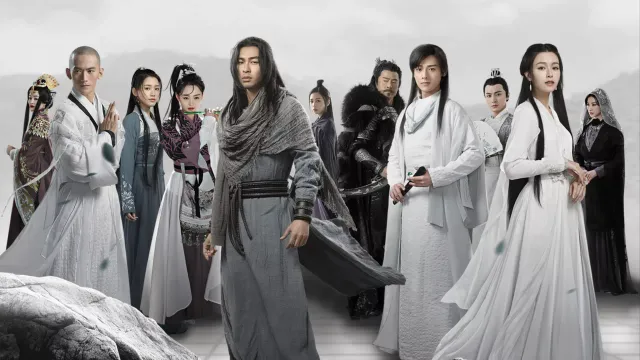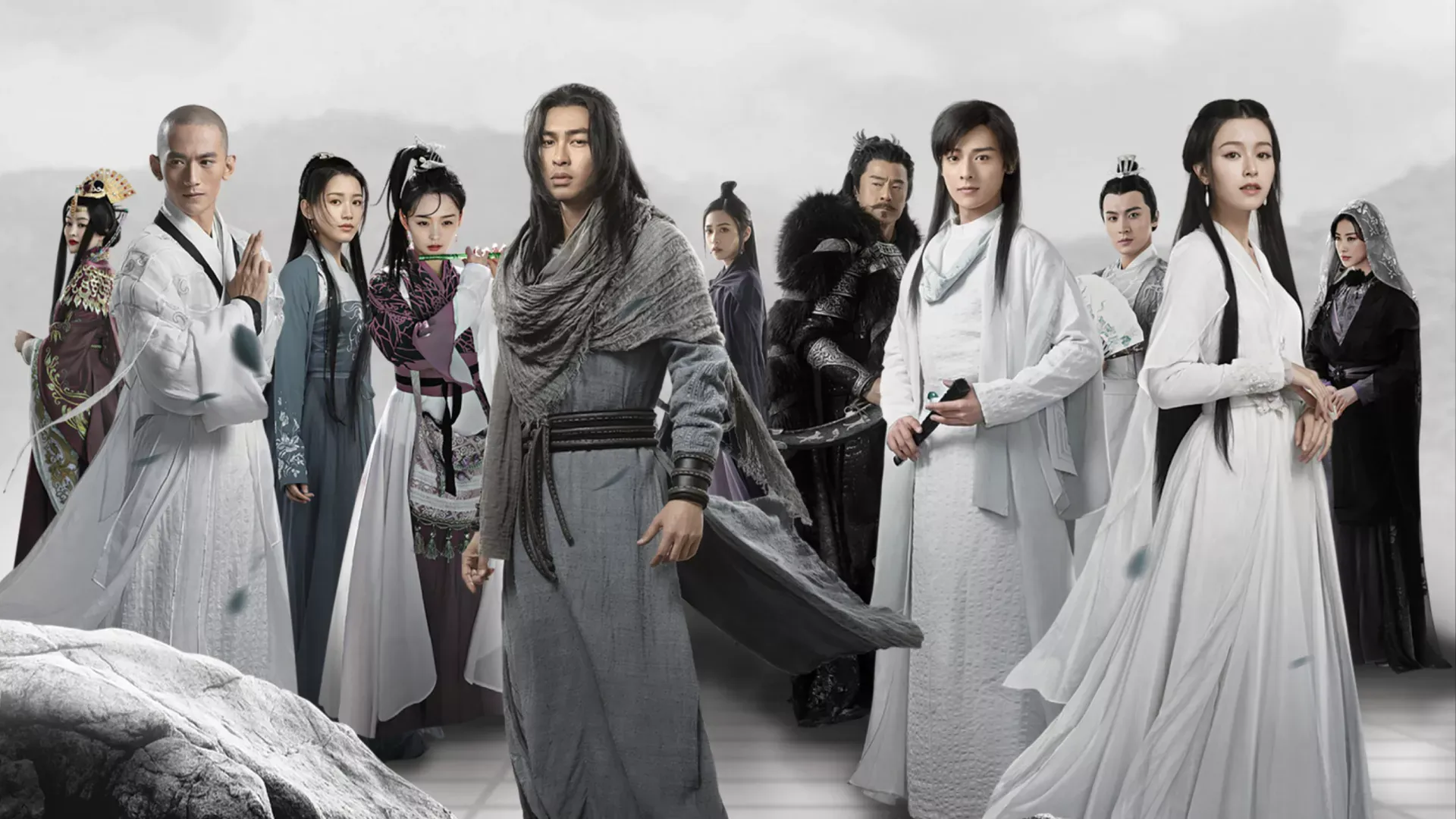Tianlong Temple (simplified: 天龙寺, traditional: 天龍寺, pinyin: Tiānlóng Sì) is the royal temple of the Dali Kingdom1 and serves as an important political and cultural center for the Duan Clan. The temple is home to the legendary Spirit Blades of Six Meridians technique and serves as a sanctuary for the Dali royal family.
History
Foundation as royal temple
Tianlong Temple was established as the royal temple of the Dali Kingdom, serving as an important political and cultural center for the Duan Clan. The temple represents the stability of the Duan regime and serves as a symbol of the kingdom’s authority.
Royal sanctuary
The temple serves as a sanctuary for the Dali royal family, as demonstrated when Duan Yanqing (段延庆 – Duàn Yànqìng) sought refuge at the temple during his persecution. The temple’s status as a royal sanctuary highlights its importance in the kingdom’s political structure.
Buddhist tradition
The temple follows traditional Buddhist monastic practices, with the most senior monk Kurong (枯荣 – Kūróng) and abbot Benyin (本因 – Běnyīn) leading the religious community. The temple’s monks devote themselves to Buddhist cultivation and martial arts training.
Organisation
Leadership structure
The temple is led by Kurong (枯荣 – Kūróng), the most senior monk, and Benyin (本因 – Běnyīn), the abbot. The temple follows traditional Buddhist monastic hierarchy with emphasis on both spiritual practice and martial arts training.
Notable members
Leadership:
- Kurong (枯荣 – Kūróng) - Most senior monk of Tianlong Temple
- Benyin (本因 – Běnyīn) - Abbot of Tianlong Temple
Senior monks:
- Benguan (本观 – Běnguān) - Senior monk
- Benxiang (本相 – Běnxiāng) - Senior monk
- Bencan (本参 – Běncān) - Senior monk
Martial arts abilities
Spirit Blades of Six Meridians
Spirit Blades of Six Meridians (六脉神剑 – Liùmài Shénjiàn) is the temple’s most legendary martial art technique. This technique allows practitioners to project sword energy through their fingers, creating invisible blades that can strike opponents from a distance.
Life’s Vicissitude Meditation
Life’s Vicissitude Meditation (枯荣禅功 – Kūróng Chángōng) is another important technique practiced at the temple. This meditation technique focuses on the Buddhist concept of the cycle of life and death, reflecting the temple’s spiritual approach to martial arts.
Temple martial arts
The temple maintains a comprehensive martial arts system that combines Buddhist philosophy with practical combat techniques. The monks train in both qi cultivation and external combat skills.
Relationships
Connection to Duan Clan
Tianlong Temple maintains a close relationship with the Duan Clan as the royal temple of the Dali Kingdom. The temple serves as a sanctuary for the royal family and represents the stability of the Duan regime.
Buddhist community
The temple is part of the broader Buddhist community in the region, maintaining connections with other Buddhist institutions while serving its specific role as the royal temple of Dali.
Political significance
The temple’s status as the royal temple gives it significant political importance within the Dali Kingdom. It serves as a symbol of the kingdom’s authority and provides spiritual guidance to the ruling family.
Locations
Dali Kingdom location
The temple is located within the Dali Kingdom, serving as the royal temple and spiritual center of the kingdom. Its location in the capital region emphasizes its importance to the kingdom’s political and cultural life.
Regional influence
As the royal temple of the Dali Kingdom, Tianlong Temple wields significant influence within the region. Its status as both a religious institution and political symbol makes it a central institution in the kingdom’s governance.
Behind the scenes
Tianlong Temple represents one of Jin Yong’s explorations of how religious institutions could serve both spiritual and political functions. Through the temple’s role as the royal temple of the Dali Kingdom, the author examined how religious authority could be integrated with political power.
The temple’s possession of the Spirit Blades of Six Meridians technique demonstrates how legendary martial arts could be preserved and practiced within religious institutions. This connection between spiritual practice and martial arts training reflects the traditional Chinese approach to combining religious and martial traditions.
The temple’s role as a sanctuary for the royal family illustrates how religious institutions could provide protection and legitimacy to political rulers, creating a symbiotic relationship between spiritual and temporal authority.
See also
- Jin Yong factions
- Demi-Gods and Semi-Devils factions
- Kurong – Most senior monk of the temple
- Benyin – Abbot of the temple
- Duan Clan – The royal family that controls the temple
- Dali Kingdom – The kingdom where the temple is located
- Spirit Blades of Six Meridians – The temple’s legendary martial art
- Life’s Vicissitude Meditation – Another important temple technique
External links
- Dali Kingdom on Wikipedia
- Dali Kingdom (Chinese) on Chinese Wikipedia


